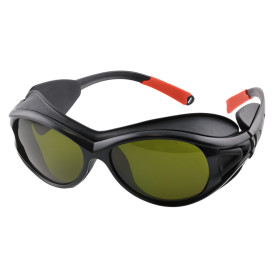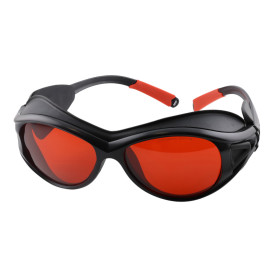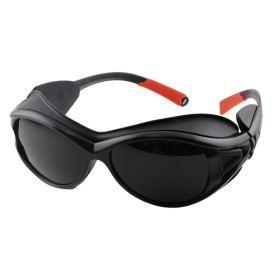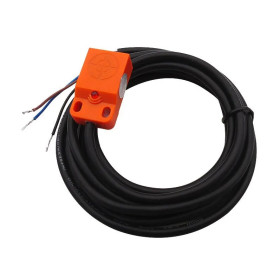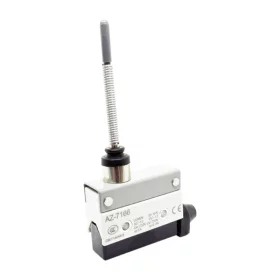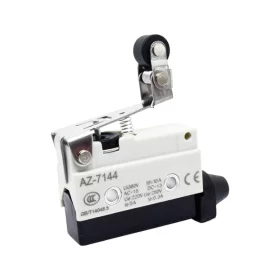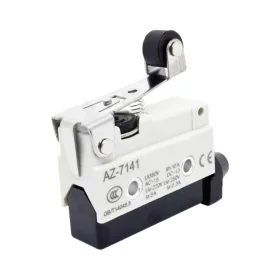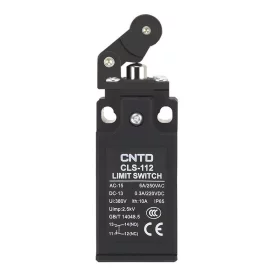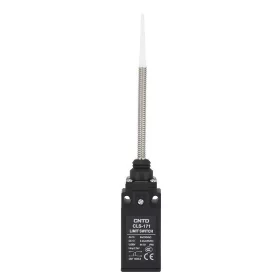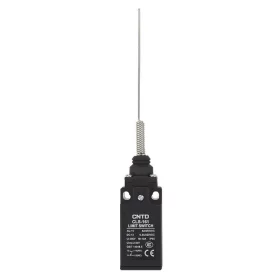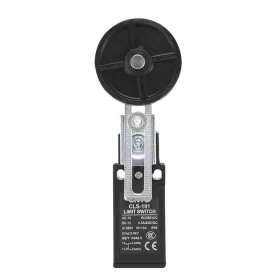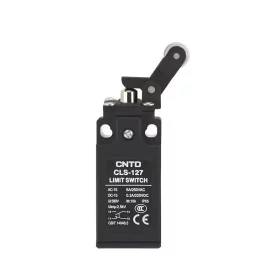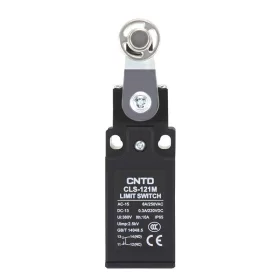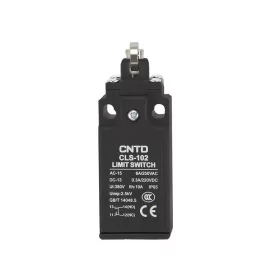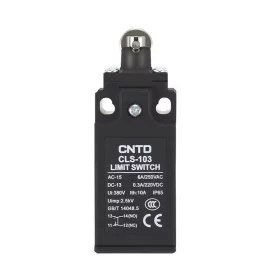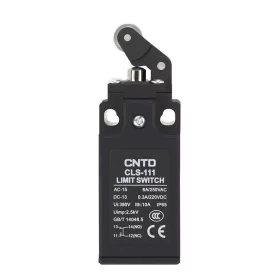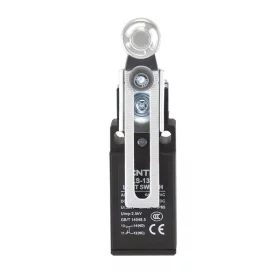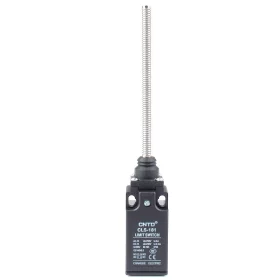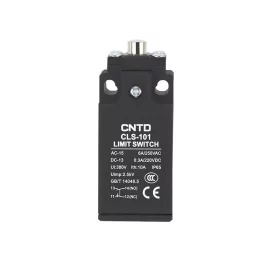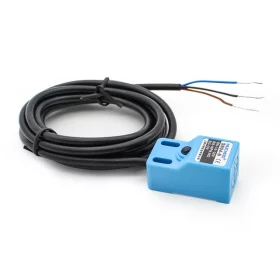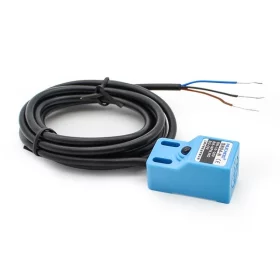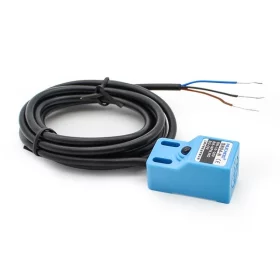Limit switches
Top selling products in the category
There are 42 products.
Inductive sensor SND04 N2, NPN NC
In stock
38.29 €
38.29 € without VAT
Limit switch TZ-8104
In stock at supplier
21.05 €
21.05 € without VAT
Limit switch AZ-7166, IP65, 250V 10A
In stock
6.43 €
6.43 € without VAT
Limit switch AZ-7144, IP65, 250V 10A
In stock
6.30 €
6.30 € without VAT
Limit switch AZ-7141, IP65, 250V 10A
In stock
5.96 €
5.96 € without VAT
10.76 €
10.76 € without VAT
9.99 €
9.99 € without VAT
9.99 €
9.99 € without VAT
11.36 €
11.36 € without VAT
11.29 €
11.29 € without VAT
11.29 €
11.29 € without VAT
Limit switch CLS-102, roller 90°
In stock
10.93 €
10.93 € without VAT
10.93 €
10.93 € without VAT
11.29 €
11.29 € without VAT
11.36 €
11.36 € without VAT
Limit switch CLS-181, spring
In stock
11.43 €
11.43 € without VAT
Limit switch CLS-101, pin
In stock
11.06 €
11.06 € without VAT
Inductive sensor SN04 P1, PNP NO
In stock
3.40 €
3.40 € without VAT
Inductive sensor SN04 P2, PNP NC
In stock
3.40 €
3.40 € without VAT
Inductive sensor SN04 N2, NPN NC
In stock
3.40 €
3.40 € without VAT

